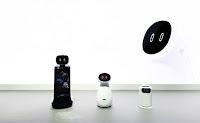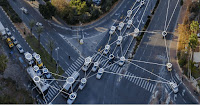MIT's New Energy Red Alert System

Energy Monitor Detects Electrical Failures Before They Happen Source: MIT Power Monitoring System Finds Burnt Wires under Gold Cap of Coast Guard Engine Sensor Monitors Wiring and Warns Repairs are Needed This innovative power monitoring system by MIT, that was just announced, already has been successfully tested and prevented a potentially big problem. Aboard the US Coast Guard Cutter Spencer, the system's sensor placed on one wire found the ship's diesel engine had burnt out wiring damage, not viewable under a cap, that could have caused a fire. That enabled the US Coast Guard to fix the problem before it happened. Power Monitoring Throughout a System The MIT system detects imminent electrical failures systemwide before they happen. It's able to track the performance of all electrical devices in a building, ship or factory and sounds an alert if there is a sign of failure. It analyzes tiny changes in the voltage and current in every piece of equipment in t






































